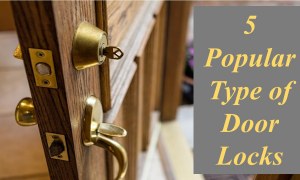🕑 Reading time: 1 minute
Following are the factors affecting properties of mortar:
- The strength and extent of the bond are affected by many variables of material and workmanship.
- Complete and intimate contact between the mortar and the unit is essential,
- Workability influences the ease with which the mortar spreads and covers the surfaces.
- Rough units have a very porous surface that is highly receptive to the wet mortar and increases adhesion.

- The moisture content and suction of the units, the water retention of the mortar.
- Curing conditions such as temperature, relative humidity, and wind combine to influence the completeness and integrity of the mechanical and chemical bond.
- Voids at the mortar-to-unit interface offer little resistance to water infiltration and facilitate subsequent disintegration.
- In aligning the masonry, laboratory tests show that tapping the unit to level will increase bond strength 50 to 100% over hand pressure alone.
- Often overlooked is the size/shape of mortar joints in that the ultimate compressive load capacity of a typical 3/8 in. bed joint will probably be well over twice the value obtained when the mortar is tested as a 2 in. (50.8 mm) cube.
- Mortars should typically be weaker than the masonry units, so that any cracks will occur in the mortar joints where they can more easily be repaired.
- Compressive strength of mortar increases with an increase in cement content and decreases with an increase lime, sand, water or air content.
- Retempering is associated with a decrease in mortar compressive strength.
- The amount of the reduction increases with water addition and time between mixing and retempering.
- It is frequently desirable to sacrifice some compressive strength of the mortar in favour of improved bond, consequently retempering within reasonable time limits is recommended to improve bond.


